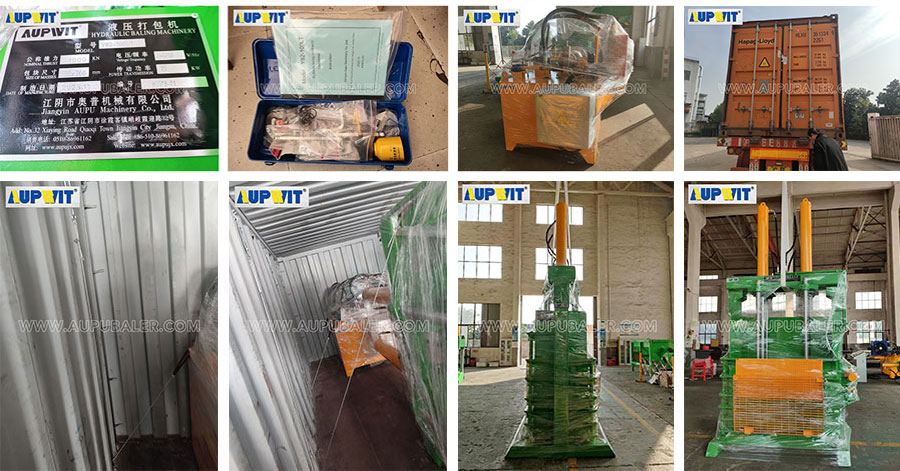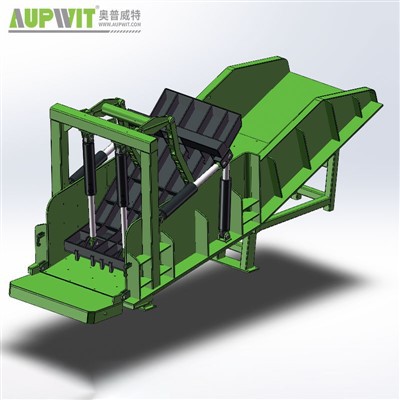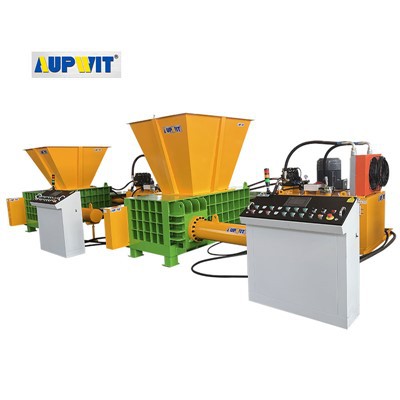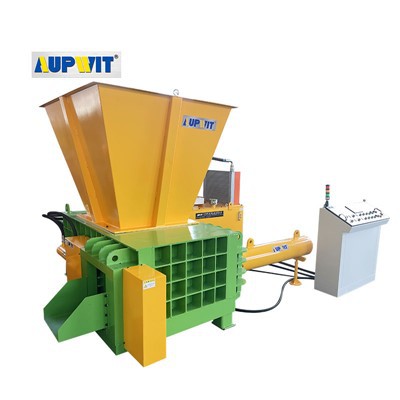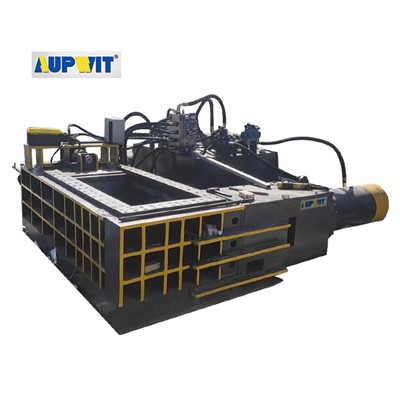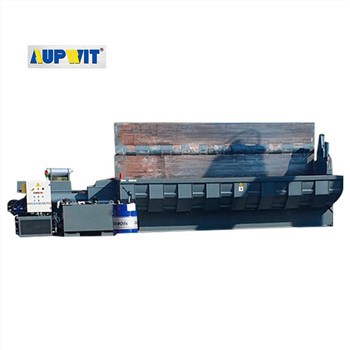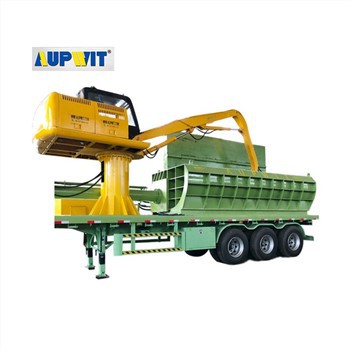In terms of equipment structure, the reasonable design of the compression chamber is the key. Most efficient Tire Balers use symmetrical compression chambers with smooth walls and regular shapes, so that the tire is evenly stressed in the chamber. At the same time, the surface of the compression plate is specially treated and uses high-strength and flat materials to reduce local pressure differences caused by uneven plate surfaces. Some equipment is also equipped with multiple sets of compression plates to apply pressure to the tire from different directions to avoid compression dead corners. For example, the three-way compression plate structure can squeeze the tire from the top and bottom, left and right, and front and back directions at the same time to ensure that each part is subjected to sufficient and uniform pressure.
Pressure distribution control is equally important. Advanced hydraulic systems are equipped with high-precision pressure sensors to monitor the pressure values of various parts during the compression process in real time. Once uneven pressure is detected, the sensor will feed back the signal to the control system, which will then adjust the flow and pressure of the hydraulic oil to keep the pressure of each area of the compression plate consistent. In addition, the speed control of the equipment operation will also affect the uniformity of compression. A steady and moderate compression speed allows the tire to gradually adapt to pressure changes and avoid excessive local force due to excessive speed.
The application of intelligent adjustment technology further ensures compression uniformity. Some Tire Balers introduce artificial intelligence algorithms to automatically optimize compression parameters based on tire specifications, materials and other information. When processing different types of tires, the system can intelligently adjust the compression strength, time and sequence to ensure uniform compression regardless of tire size, softness or hardness. At the same time, regular maintenance of the equipment, calibration of pressure sensors, inspection of hydraulic system sealing, etc. can also maintain the good operating state of the equipment and continuously ensure uniform compression.
